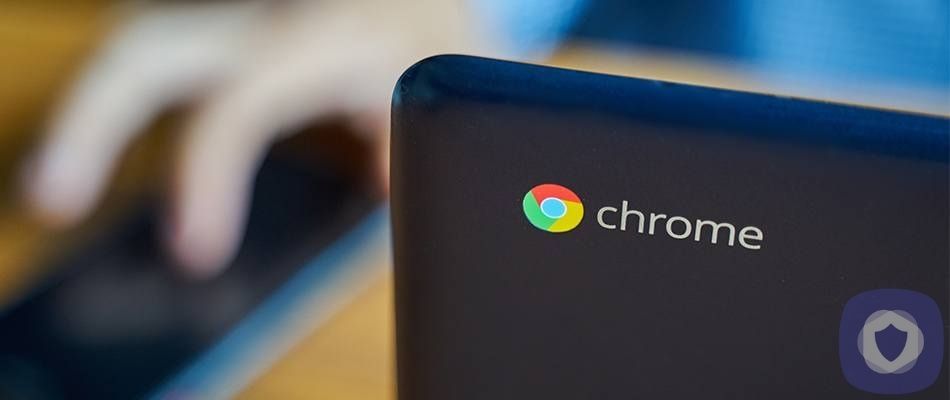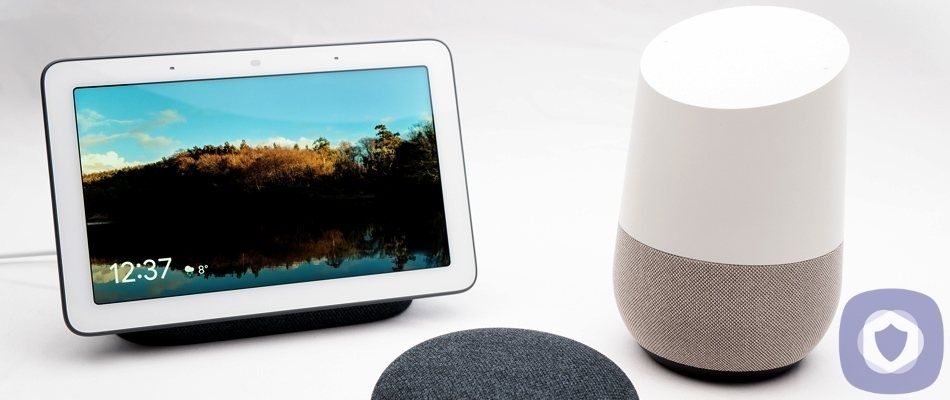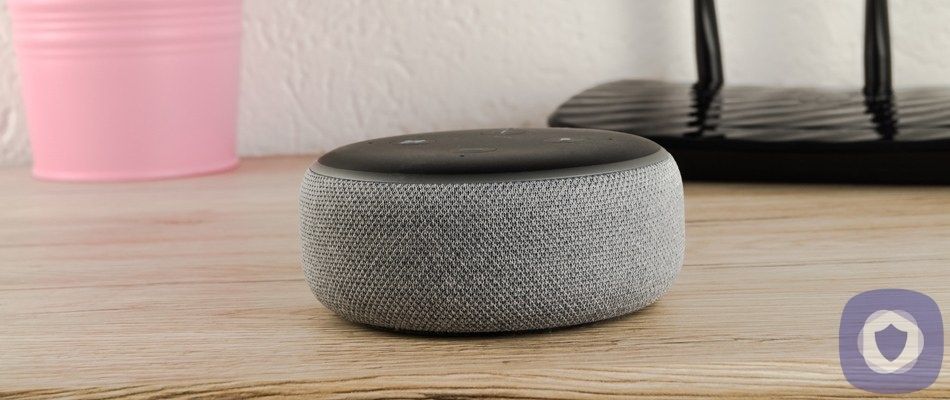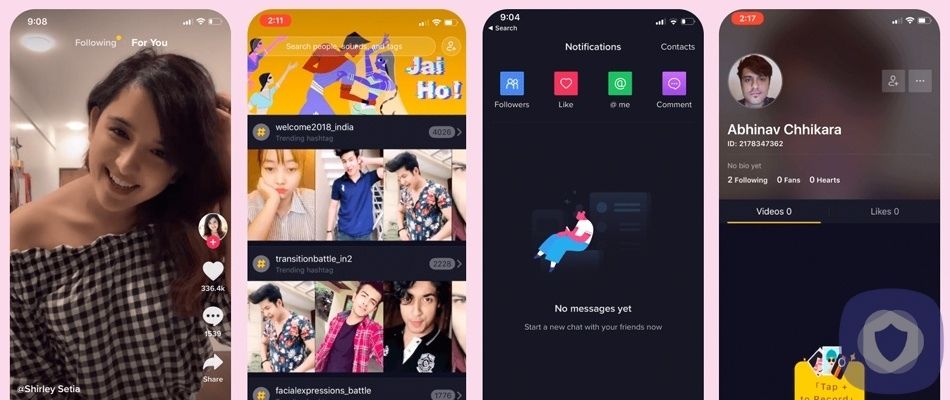Smartphones and tablets can be an amazing learning or entertainment tool for your child. But, whether they’re watching YouTube, reading a book or chatting on social media, it’s important that parents do everything they can to keep kids safe while using the internet.
One way to shield kids from dangers such as inappropriate content is by setting up Android parental controls. Below, we’ll give you the tips you need to make an Android phone or tablet as safe as possible for your children.
Setting up Android parental controls
Set up a pin
In order to make sure you have full control over the device, set up a pin that only you know. This way, your child will not be able to access the device without you there. Even if your child is allowed the freedom of knowing the pin, it’s still a security feature every device should have.
Here is how to set up a pin on an android device:
- Go to the Settings menu on your device.
- Find the Security tab, which is usually found under Personal.
- Then, go to Screen Security and choose Screen Lock.
- From here, depending on your android device, you can choose a four-digit pin, a swiping pattern, or a password.
Once you’ve set up your pin, swiping pattern or password, this means only people that know how to unlock the phone will have access to all of the apps.
Create a child account
Setting up a child account will allow you to control the type of access your child is allowed to have to things like apps, social media sites and browsers. First, make sure that you are set up as the main account. Once you’ve done that, it’s time to set up your child’s account with specific privileges that will only allow them to go where you want using parental controls.
- Click on Settings.
- Tap Add users.
- When given the option between User and Restricted Profile, choose Restricted Profile when creating your child’s account.
- Give that profile a name; you can create different profiles for each child if you need to.
Establish the settings for child accounts
Now that you’ve created a child user account, the last step is to decide which apps you want your child to have access to. Just click on their profile name and a list will pop up for every app on the phone. You can tap the slide next to the app if you want your child to have access, or keep it off.
For example, if you want them to have access to a gaming app, you can slide it on. If you do not want them to have access to YouTube, slide it off. Some of the apps & games will have an options icon next to them which you can tap and then get even more specific with your controls like allowing them to view content based on their age. We do recommend setting up this child account even if it’s your child’s device.
Creating Android parental controls in Google Play
Google Play is a fantastic tool for kids. They can download games, television shows and even books to read. However, without any parental controls set, kids can end up having access to material that is too mature for their age group. They could also buy pricey apps that cost you money.
When it comes to downloading specific apps, you will have to create a set of rules manually within the Google Play app. It’s a simple way to make sure your child doesn’t download anything he or she isn’t allowed to, and can also keep them from racking up unwanted bills on apps that cost money. Here’s how to tailor Google Play to your child’s needs:
- Open the app and click the menu icon in the left corner.
- Tap Parental controls and slide the button to the right to turn them on.
- You will be prompted to create a pin.
- You can then go through each option and click your own restrictions. For example, in the TV section you can only allow your child to watch shows with a certain rating.
It’s also important to note that these permissions you set in the Google Play app are only set for the apps you are going to download in the future. That is why it is important to also tailor your children’s settings in the core mobile device parental controls along with the Google Play settings.
Now, your child will only be able to see and download from apps and tools you have set.
How to disable certain apps
A simple way to make sure your child does not use apps you want them to avoid is to disable the apps altogether. The app will disappear from the phone.
Just head to the Settings icon on the device and choose Apps. Click on the app you want to disable, and you will see a choice to uninstall. That will erase the app from the device.
Alternatively on a smartphone, you can hold down the app’s icon on the home screen until you see a prompt pop up that gives you the option to uninstall the specific app.
Apps that can help with Android parental controls
If you want an app that helps keep track of what your children are doing, and guides you through creating parental controls on a smart device, choosing a free app like Google’s Family Link might be a great option for you (it’s also one of the most popular parental control apps in the Google Play store.)
Family Link allows you to set screen time limits, track the device’s location and get teacher recommended apps for your children. If you’re looking for a little more guidance and structure when it comes to your Android parental controls, this is a great app to download.
Not on Android? Check out our guide to Apple iPhone parental controls
Enabling parental controls is important
A simple way to make sure your children aren’t at risk of viewing inappropriate content, speaking to dangerous strangers, or making purchases online without your knowledge is to make sure that you have complete control over how they use their smartphones and the internet in general. Putting Android parental controls in place will allow your child to take part in enriching activities online while staying safe at the same time.
This article has been reviewed and approved by Officer Banta.

Officer Banta is the official SecurityNerd home security and safety expert. A member of the Biloxi Police Department for over 24 years, Officer Banta reviews all articles before lending his stamp of approval. Click here for more information on Officer Banta and the rest of our team.













